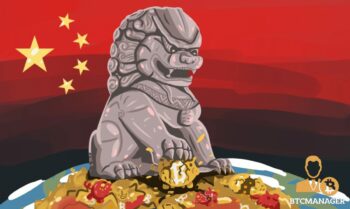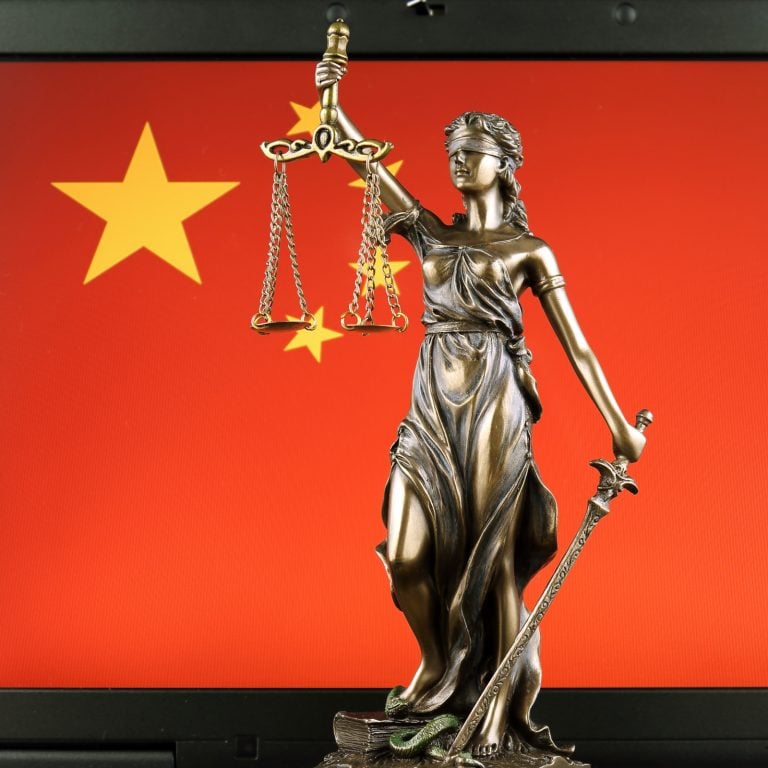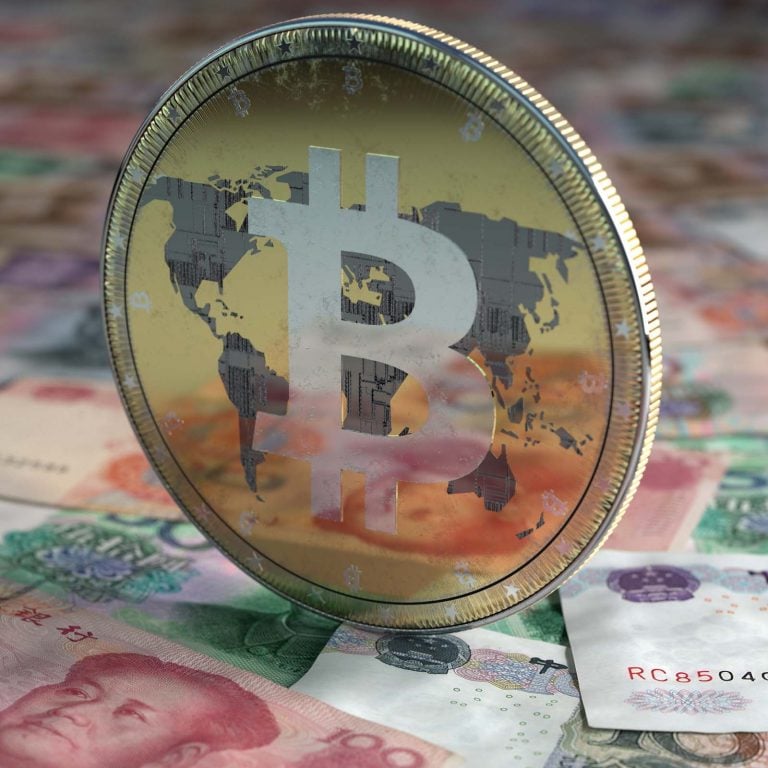2019-8-31 09:03 |
Coinspeaker
PBOC’s Cryptocurrency is Meant to Complement China’s Current Fiat
This week China fixed the daily midpoint rate for the yuan at levels that haven’t been seen for more than 10 years as Beijing stays locked in a prolonged trade war with the U.S.
The People’s Bank of China set the midpoint at 7.1197 per dollar yesterday, that is stronger than the 7.1055 level the market was expecting. Rough calculations suggested that if the U.S. raised tariffs to 25% for all Chinese goods, then the onshore yuan could probably have to rise to about 7.88 to offset the impact of tariffs.
Tommy Xie, head of Greater China research at Singapore’s OCBC Bank thinks that this could be a signal to the markets that China intends to slow down the pace of the currency’s depreciation.
“Although China has been more open minded about its currency regime. While Beijing is giving markets a bigger role to decide on the currency, China still monitors the pace of movement carefully.”
Even though we already wrote, and several sources confirmed that China is preparing to issue its own cryptocurrency, those reports China’s central bank allegedly termed as “inaccurate speculation.”
Refuting media reports of launching a state-backed cryptocurrency in the coming months, #China's central bank termed them as "inaccurate speculation." pic.twitter.com/Sb4tQVPD3G
— Global Times (@globaltimesnews) August 28, 2019
However, we asked for comment Miguel Palencia, a CIO in an open-sourced public blockchain platform Qtum who explained that it’s all connected. He said that the slowed pace of the yuan’s devaluation could be happening because the intention behind the People’s Bank of China’s (PBoC) cryptocurrency is not to compete, but rather to complement the state’s current fiat:
“However, this does not slow China’s embrace of blockchain technology. We anticipate major innovations to emerge in the coming years, especially after learning that the PBoC’s digital asset will soon launch. China is positioned as a global leader and pioneer in payment platforms, it will be very interesting to see how their cryptocurrency will integrate with existing payment platforms such as Wechat and Alipay.
We need to keep in mind that the Chinese are very open minded to new technologies, which will continue to inspire crypto adoption throughout much of Asia and Africa, as we saw was the case when Korea, Japan and India took similar approaches after China’s ICO ban.”
The digital currency would definitely reduce the amount of cash in circulation while supporting the yuan. Overall, the transition to an official decentralized currency would allow the government to have greater control over the financial system by tracking every transaction that occurs using the cryptocurrency.
Patrick Dai, co-founder of Qtum commented for Coinspeaker that People’s Bank of China’s digital currency will escalate and affect crypto adoption at a much greater magnitude than Facebook’s Libra announcement. He said:
“There is already overwhelming distrust of Facebook, but given economic growth rates and the more than 300 million who have been lifted from poverty in the past few years, public trust and confidence in the Chinese government is strong.”
He added that a state-issued digital currency will most certainly assist the underbanked and aid in eradicating all poverty. Its influence, per his opinion, doesn’t stop there and he predicts it will inspire crypto adoption throughout much of Asia and Africa, which comprise nearly half of the world’s underbanked society.
“Introducing a new asset class also brings healthy competition to the Chinese FinTech ecosystem, which is currently dominated by a few major players. A complimentary payment solution helps break up the monopoly of power from payment giants like WeChatPay and Alipay.”
PBOC’s Cryptocurrency is Meant to Complement China’s Current Fiat
origin »Time New Bank (TNB) на Currencies.ru
|
|















